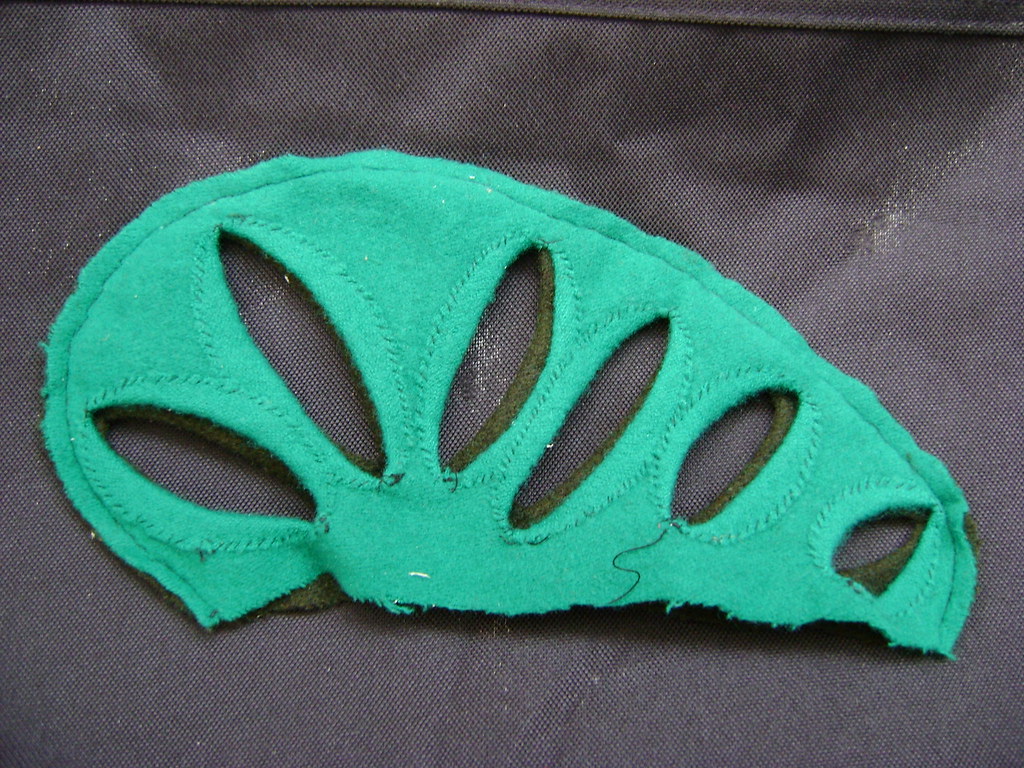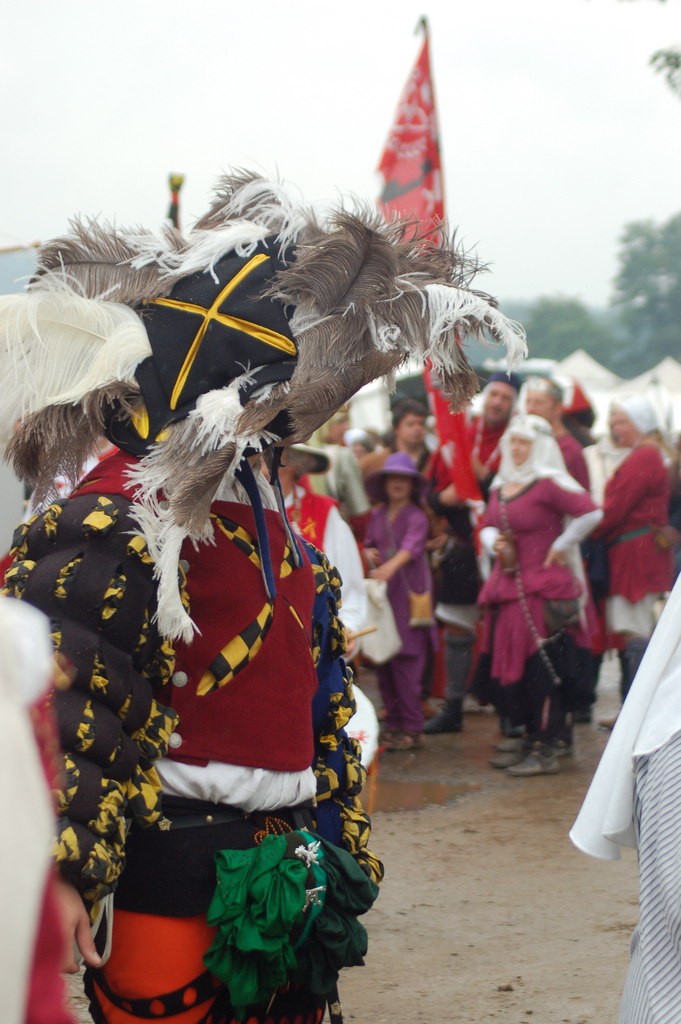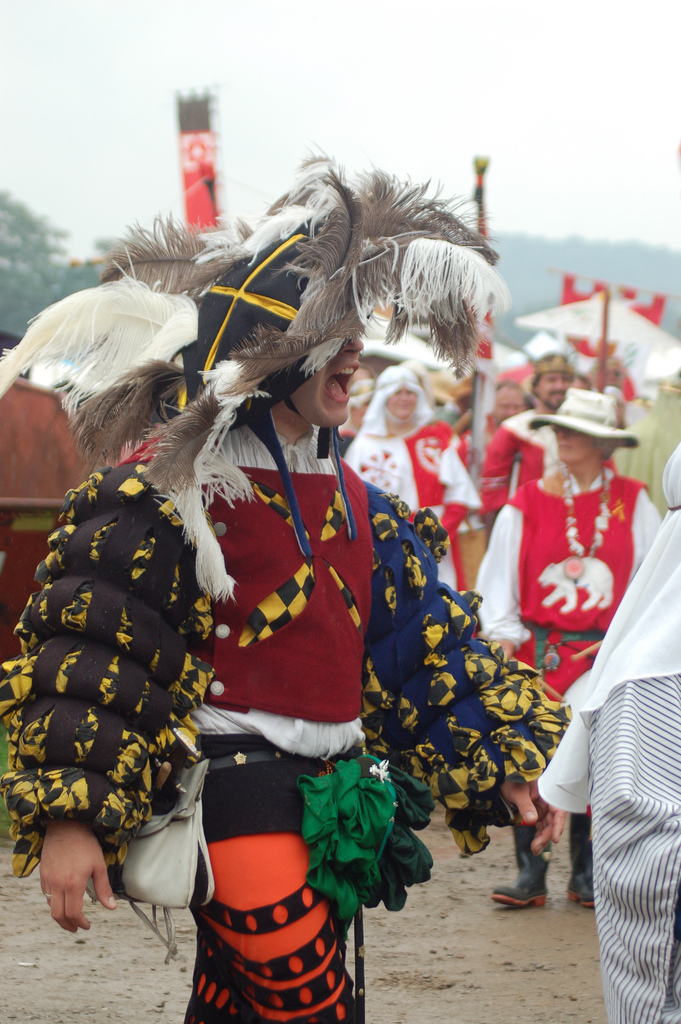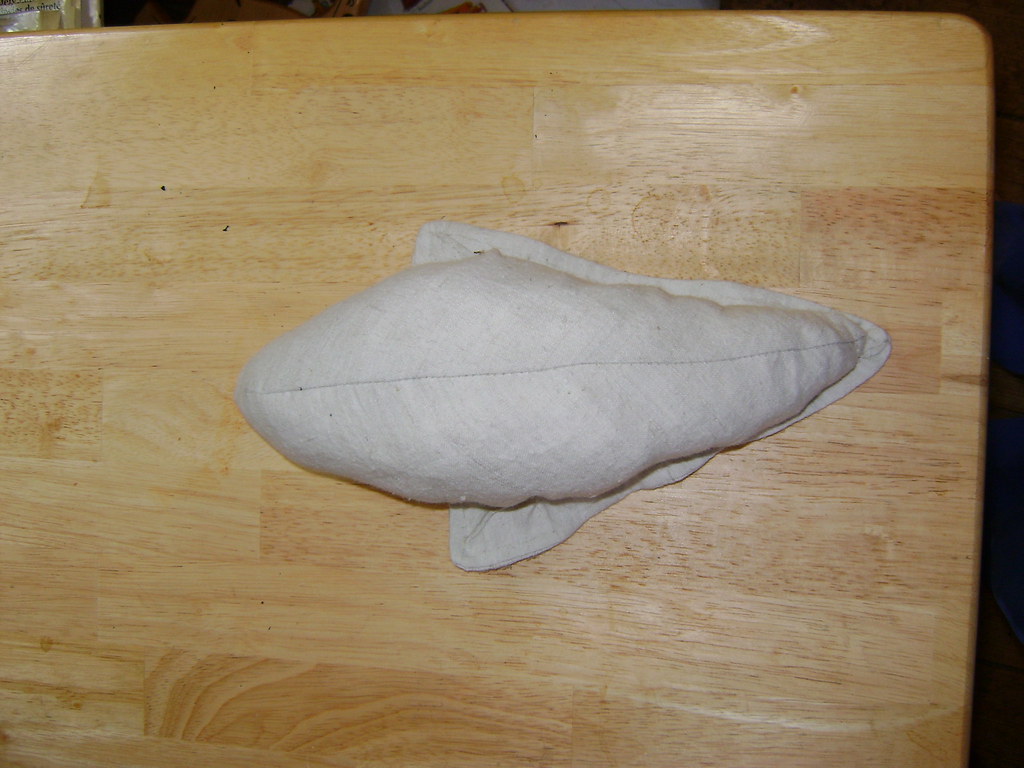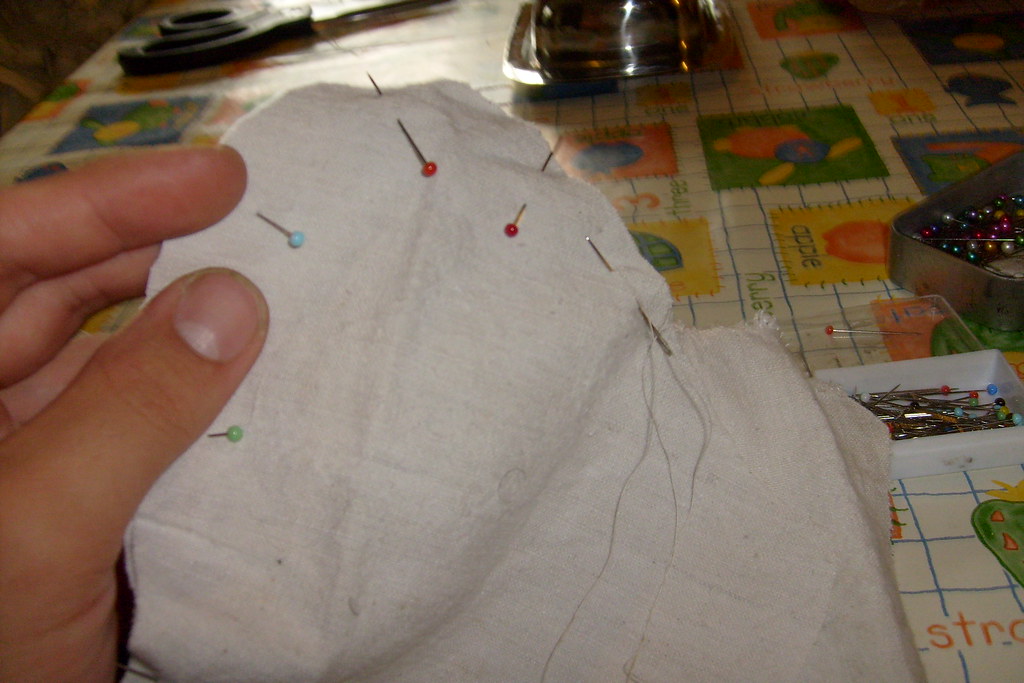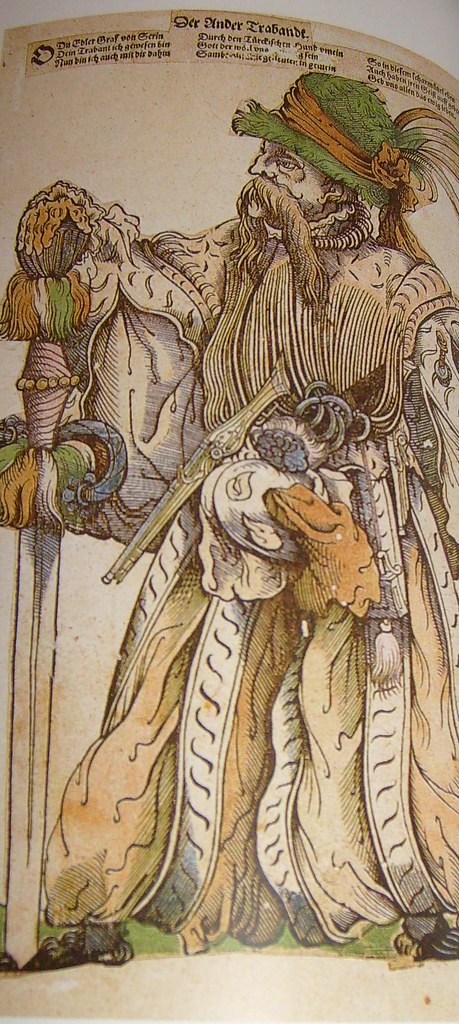Hello again!
As I said in my last post I have been working on my project even though I took so long to join the challenge and write my first post. So here I'm going to start trying to catch up. I've been keeping a journal on my desktop about my project so I'm going to cut and paste from there. I have written quite a lot so I will only cut and paste a little at a time:
Early July 2009: A Bad Experience with Hot Water and a Dryer
After some initial research I decided that the fabric for the outfit would be made from wool. I was happy to find some red wool fabric at my local fabric store that would be perfect for the surcoat. There was only a limited amount of it but considering how much fabric I had needed for a previously machine made surcoat I believed it would be enough. Because the fabric was very loose in its weave I was instructed by one of my sewing mentors, Baronne Estela du Frayse (Kelly Grant in the mundane world…henceforth to be known as Estela), that I should “full” it by washing it in hot water and drying it in the dryer. I was aghast when doing this resulted in extensive shrinking! Alas, there was not going to be enough fabric for the project!
Mid July 2009: ResearchI went to a local branch of our library in Halifax to do some research in the reference section. In the book, “Survey of Historic Costume”, Chapter 6: High Middle Ages: 900-1300 it describes fabric manufacture. Available fabrics during this time would have been wool, linen and silk. With this information I decided that using wool would be fine.
I also did some research online and found this quote from a book called “Science and Technology in Medieval European Life” by Jeffrey R. Wigelsworth: Under “Clothes and Cloth Making” found in (I believe) “Chapter I: Earning a Living: Agriculture and Manufacturing”: “Most everyday medieval fabrics were wool or linen…” and “The warmth of wool made it a natural choice for outerwear, while linen cloth was used to make underwear.” From this quote I again concluded that I would use wool.
From the same chapter and section of the online copy of “Science and Technology in Medieval European Life” as mentioned above I also found quoted: “Sewing thread used in medieval clothing was made from linen. On more expensive pieces of clothing, the thread was silk…” From this quote I concluded that the thread I would want to use was linen.
August 2009: Beginning the Design for the Surcoat
The time had come to start thinking of the design for the pieces of the outfit. I had made a dress from a McCall’s pattern in the past that seemed to fit me rather well so I thought this dress pattern might be appropriate for the outfit. It was laced up at the back, though, which I had discovered was incorrect for period garments. I decided, then, that I might be able to make it with no lacing at all. I tried it out on a brown dress I would be wearing to an event at the end of the month and was happy with the results. I decided that this was probably going to be the pattern I would use for the gown.
For the surcoat I decided to design one that I could make and wear at the same event as I would use the brown dress. I thought I could try modifying a surcoat from the same McCall’s pattern where the dress came from. I had made a surcoat from this pattern in the past and thought it might give me a good start. The pattern, however, was for a rather open sideless surcoat. The one in the Codex Manesse plate is much more closed at the sides as well as at the neckline.
I started off making my own pattern for the surcoat by laying out the original one I had made from the McCall’s pattern on brown paper and tracing out the pattern, making modifications for the armholes and neckline. I then cut out my mock up pattern from some scrap fabric and sewed it together. The result was not exactly what I wanted. The neckline didn’t seem to lie properly as it bunched out somewhat. Also, the bust line seemed to be a little tight. I took it apart and modified it further. I didn’t have too much of a problem with the bust line but it took a few attempts to get the neck line to sit properly. I finally found a design that seemed to fit well enough so I used that pattern for the surcoat I would wear to the event at the end of the month. I was happy enough with the result although I was a little disappointed with the fullness of it. The result was produced from rather heavy fabric, which I thought may be the problem. However, I didn’t have much more time before the event to try to modify it so I left it as it was.

The first photo shows my first attempt. You can see where the neckline is puffing out and how the bustline is a little tight.
The second photo shows how I adjusted the neckline so it would lay better and how I made the bustline less tight.

The third photo shows the result of the outfit I used for the August event including the brown dress and the surcoat.

I'll let you digest all this before adding any more...there's still lots to catch up on!










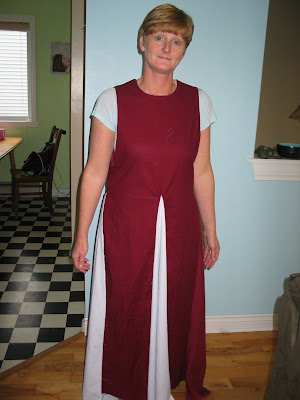





 The first photo shows my first attempt. You can see where the neckline is puffing out and how the bustline is a little tight.
The first photo shows my first attempt. You can see where the neckline is puffing out and how the bustline is a little tight. The third photo shows the result of the outfit I used for the August event including the brown dress and the surcoat.
The third photo shows the result of the outfit I used for the August event including the brown dress and the surcoat.



